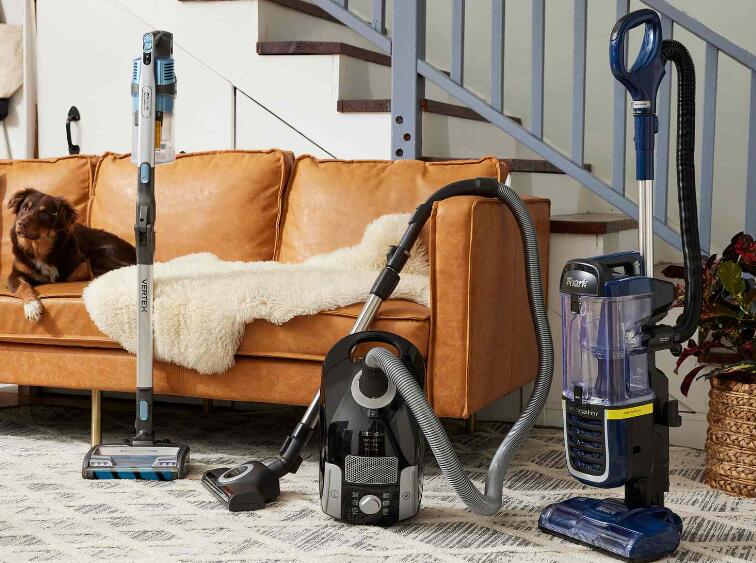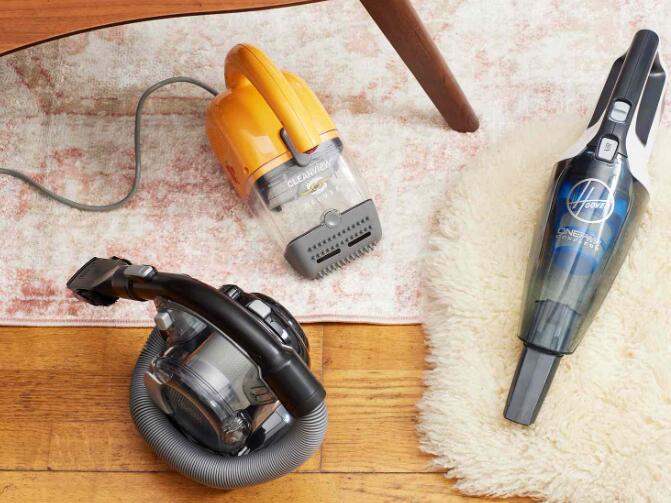Do you ever wonder how much electricity your vacuum cleaner uses? It’s probably not something that you think about very often, but it’s a good question to ask. After all, vacuums can be pretty power hungry!
In this blog post, we will take a look at the different types of vacuums and how much electricity they use.
We will also discuss ways to save energy when using your vacuum cleaner. Keep reading for more information!
Do Vacuums Use A Lot Of Electricity?
The short answer to this question is yes, vacuums do use a lot of electricity. This is due to the fact that they have motors which require electrical energy in order to run.
The amount of electricity used depends on the type of vacuum you are using and how powerful it is. Upright vacuums typically consume more electricity than canister models.
The amount of electricity a vacuum uses can also be affected by its age and the type of filter it has. Older vacuums may use more electricity due to inefficiencies, while some newer models with HEPA filters may consume less power.
In general, however, you should expect your vacuum cleaner to use several hundred watts of power.
Tips For Saving Energy When Vacuuming
Here are some tips for saving energy when using your vacuum cleaner:
• Make sure to use the correct power setting for the type of surface you’re cleaning. This will help ensure that your vacuum is not using more electricity than necessary.
• Replace the filter regularly. This will help keep your vacuum running efficiently and consuming less electricity.
• Try to avoid vacuuming in sections that are already clean. It’s a waste of energy if you’re using the same amount of power on a spot that doesn’t really need to be vacuumed again.
• Use the power cord instead of the battery if possible. This will help ensure that you’re using your vacuum as efficiently as possible
Is A Vacuum Cleaner Energy Efficient?
When it comes to energy efficiency, all vacuum cleaners are not created equal. The type of vacuum cleaner you choose can have a big impact on your monthly energy consumption.
There are two main types of vacuums when it comes to energy efficiency – corded and cordless. Corded vacuums tend to be more powerful, but they require constant electricity. On the other hand, cordless vacuums are powered by rechargeable batteries, but they may not have as much suction power as their corded counterparts.
The size of the vacuum is also an important factor when it comes to energy efficiency.
Upright vacuums tend to use more electricity than handheld models because they have more powerful motors and larger dust compartments.
Stick vacuums are usually somewhere in between upright and handheld models when it comes to power usage, so they can be a good compromise if you want something powerful yet still relatively efficient.
Finally, another way to make sure your vacuum is energy efficient is to make sure that all of its filters are clean and free from clogs or blockages.
Dirty filters can reduce the suction power of your vacuum, which means that it will use more electricity in order to clean effectively. So don’t forget to check your filters regularly!
Different Types of Vacuums and Their Energy Usage
The two main types of vacuums are corded and cordless. Both types have their advantages and disadvantages, but what about their energy usage? It turns out, corded vacuums tend to use more energy than cordless ones, since they don’t have to rely on rechargeable batteries.
A study conducted by the Department of Energy found that corded vacuums typically use between 500-1200 watts of power per hour while in use.
That means that if you were to vacuum for one hour straight with a corded model, it would consume up to 1 kWh (kilowatt-hour) of electricity. In comparison, cordless vacuums use far less power—between 5-8W (watts) per hour—but they usually don’t offer as much suction power as their corded counterparts.
In addition to being aware of the wattage used by different types of vacuums, you should also consider the other energy-saving features available on some models such as automatic shutoff or sensors that detect when the vacuum is full and need to be emptied.
These features will help ensure that your vacuum isn’t using more electricity than necessary, which could save you money in the long run.
It’s also important to keep in mind that not all vacuums are created equal – some models may be more efficient than others when it comes to energy usage due to design elements like motor size or air flow rate. So be sure to research a variety of models before making your purchase decision so that you can get the most bang for your buck!
How Much Power Does a Robot Vacuum Consume?
Robot vacuums consume anywhere from 20 to 100 watts of power depending on the model.
Most models fall somewhere in the middle, consuming between 40 and 60 watts per hour of operation. That may seem like a lot at first glance, but it’s actually quite small when compared to other household appliances such as refrigerators or air conditioners which consume more than 1,000 watts per hour of operation.
The amount of electricity consumed by a robot vacuum also depends on its settings. For example, if you set your robot vacuum to clean multiple times a day or run for longer periods of time, it will consume more electricity than if you only set it to clean once per day or run for shorter periods of time.
Additionally, some models have features that require even more energy such as Wi-Fi connectivity or UV sterilization capabilities.
That means that you can save quite a bit of money on your electric bills if you opt for a robot vacuum instead.
The downside to robot vacuums is that they don’t offer as much suction power as corded models, so they may not be the best choice for deep cleanings or homes with a lot of pet hair. However, for regular maintenance cleaning and small messes, a robot vacuum is a perfect choice for saving energy and money.
By understanding the wattage of different types of vacuums and considering additional features such as automatic shutoff, you can make sure that your vacuum cleaner is using electricity efficiently—which in turn can help you save on your electric bills each month. So whether you’re looking for a corded or cordless vacuum, be sure to do your research and get the most bang for your buck!
How Much the Vacuum Cleaner Will Cost You?
With a 1200W (10 Amps) vacuum cleaner, the average weekly usage of 2 hours can significantly save on your electric bill each month.
By doing simple math, it is calculated that roughly 9.6 kWh of energy is used per month with this type of vacuum cleaner and at an average cost of 12-15 cents per kWh, it can increase monthly electric bills by no more than 1.15-1.44 US$.
That’s 13.8-17.28 US$ a year! With its affordability and efficiency, you’ll be keeping your house clean in cost-effective way, proudly managing your budget too!
Key Takeaways
- Corded vacuums use up to 1 kWh of electricity per hour while cordless models use 5-8W.
- Look out for energy saving features such as automatic shutoff or sensors that detect when the vacuum is full and need to be emptied.
- Robot vacuums consume anywhere from 20 to 100 watts of power depending on the model with most falling somewhere in the middle.
- Opting for a robot vacuum instead can save quite a bit of money on electric bills but they don’t offer as much suction power as corded models.
- Be sure to research a variety of models before making your purchase decision to make sure you get the most bang for your buck.
Conclusion
As we’ve seen, there is quite a bit of variation in terms of how much electricity different types and models of vacuums use. Before investing in a new cleaning tool, make sure you understand how much electricity each type consumes – it could save you money in the long run!
Additionally, look into features like automatic shutoff or sensors that detect when the vacuum needs emptying – these extra steps will help ensure your vacuum is running as efficiently as possible while still providing excellent performance.


